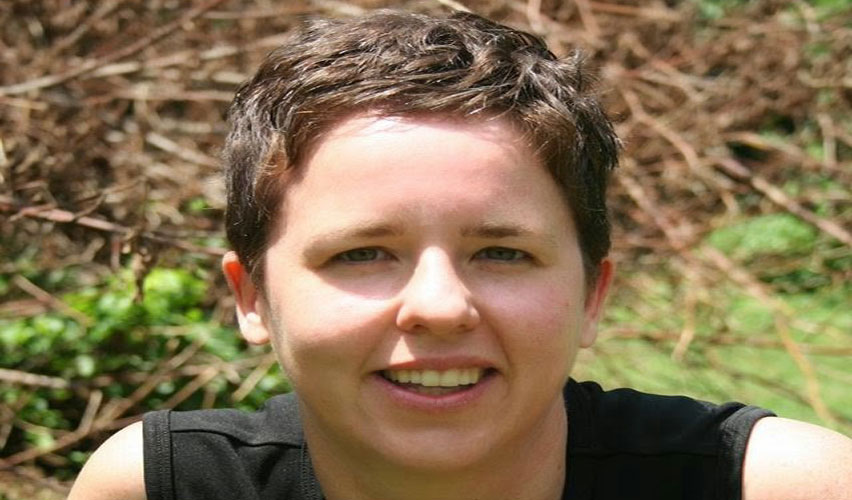Israel and the Palestinians are waging a demographic war. We know that. Every discussion of a two-state versus a one-state solution includes a demographic component. This framing always reminds me of high school math problems: “There are X number of Palestinians and Y number of Jew here-or-there; the Palestinians reproduce at a rate of fill-in-the-gap and and the Jews in some-other-rate (usually significantly smaller). In how many years will there be the same number of Jews and Palestinians on this land?”
But before the Symposium I knew only of one continuous battle in this war, the fight over reproduction. I had heard the Bedouins were using polygamy to increase their reproductive rates. Recently Yair Shamir, the minister of agriculture, began publicly discussing policies aimed at reducing Bedouin birthrates. Haaretz journalist B. Michael has called it genocide. MK Merav Michaeli of the Labor party created havoc when she argued that by not subsidizing contraception, but generously subsidizing fertility treatments, including the right to freeze eggs and use them until the age of 54, Israel is giving women a clear message: “The state of Israel will spend a lot of money so you will be a mother, at any age and any price. You will pay for preventing pregnancies on your own. Therefore, women do not truly control their own reproduction.”
But I never realized this was only one aspect of the demographic war. On the second day of the Symposium I had a glimpse of the other battle in the war of demographics. Aluf Benn, the editor in chief of Haaretz, mentioned a Rosh Hashana article Haaretz had published about the most popular newborn names in Israel in the previous year. Ilan Lior, Haaretz journalist, noticed that there were no Arabic names on the list. He inquired and discovered that indeed the most popular name for a baby boy in Israel was Muhamad, but the registrar thought this inappropriate and censored it. Why stick with the facts when they are inconvenient?
Later that morning, Sarit Michaeli of the Israeli human rights NGO B’Tselem, mentioned that there are approximately 200,000-300,000 Palestinians in Area C of the West Bank. “Why do you say, ‘approximately’?” I asked her; “isn’t Israel a modern state that counts its population?” Well, she said, “not really.”
Apparently several organizations collect data on the Palestinian population of the West Bank, and each comes up with a different number. “It’s about how they count,” she explained. “But isn’t Israel counting? The security forces have detailed information on each individual, they must be counting,” I insisted. “We do not have access to this data,” she responded. I was astonished.
As a historian of the Soviet Union who had written on Soviet statistics, I know how science operated in a state that refused to face its own social reality. People tend to assume that Soviet statisticians held two sets of books, my academic work suggested that they did not. They were just prohibited from counting certain things that could potentially make the regime uncomfortable. If they did not want to know how little collective farms were paying their workers, they simply did not calculate those numbers.
If we do not engage reality, measure and describe it, it does not exist. When we arrived in the settlement of Gush Etzion and spoke with Davidi Perl, the chairman of the regional [settlements] council, I thought I knew it all. After Perl explained the need to annex all the West Bank (or Yehuda v’Shomron in his terminology), one of our Symposium participants asked the demographic question. The variable equation: there are currently 5.9 million Jews and 5.9 million Palestinians between the Jordan river and the Mediterranean; what will happen to the Jewish state when it loses its Jewish majority?
Perl was not moved. First, he said, we don’t count Gaza, “that ship has sailed.” Though the settler community vehemently opposed the disengagement from Gaza, it gave them a small victory in the demographic battle and they happily use it. Second, our (i.e. Jewish) birthrate is on the rise; we now have families with five children in Gush Etzion, while the Arab birthrate is on the decline. Perl argued that we cannot use the current birthrate as indicative of future trends. In a manner that in my academic work I called, “Socialist Realist” scientific practice, Perl was playing a pretend game of numbers. He mentioned Jewish immigration to Israel, and brought our attention to Arabs who leave the country. He, of course, forgot to count Jews who choose to live elsewhere, and according to the official figures of the State of Israel Central Bureau of Statistics, in the last decade Israel is suffering from a negative immigration balance, more people are leaving the country than immigrating to it every year.
Perl’s neglect of the facts was particularly striking because he failed to count his own audience. Several of us are Israeli, some born in Israel, some migrated to Israel, and we have all ultimately made our home in the United States. For Perl that mattered little; we Jews are all necessary toy soldiers in the demographic war of numbers.






Leave A Comment